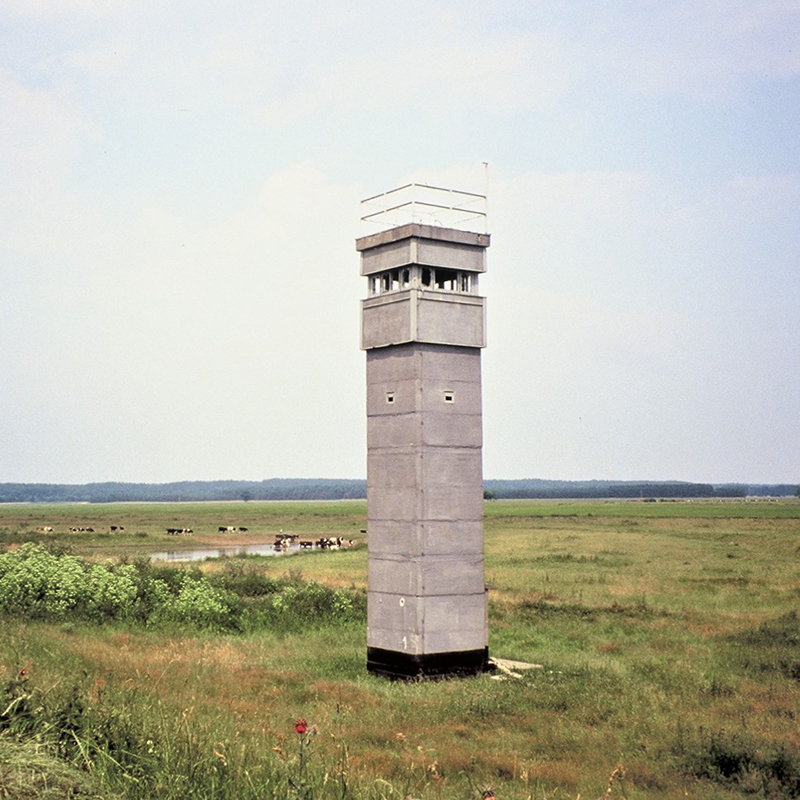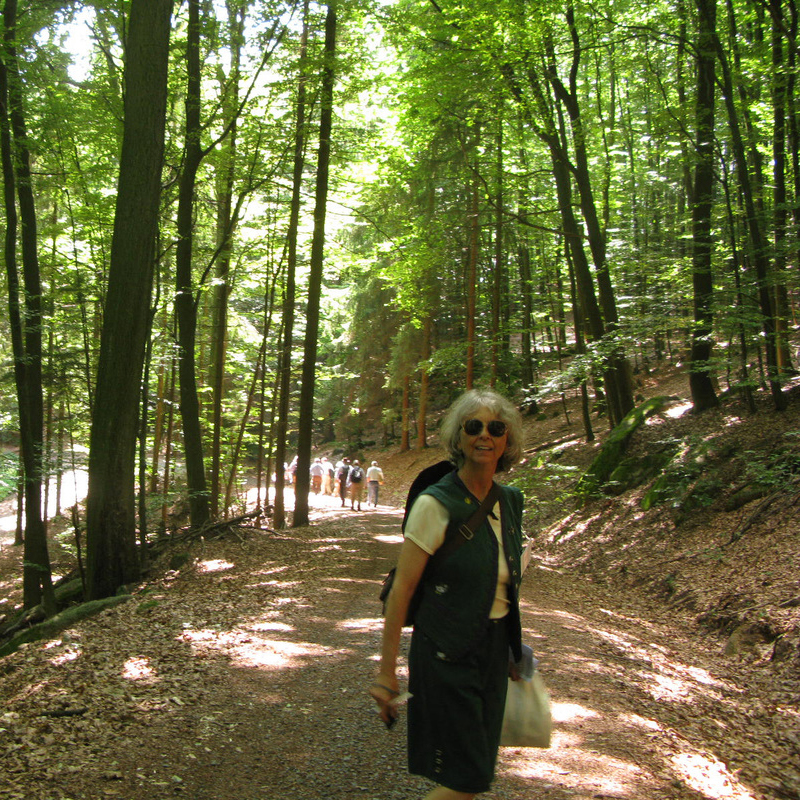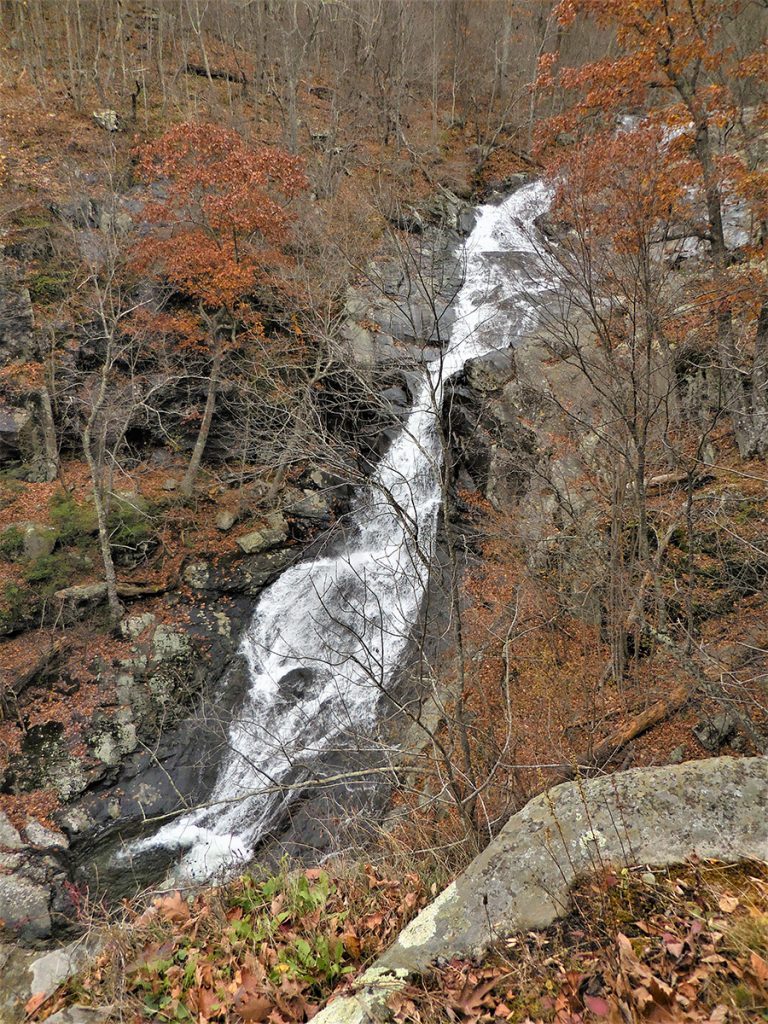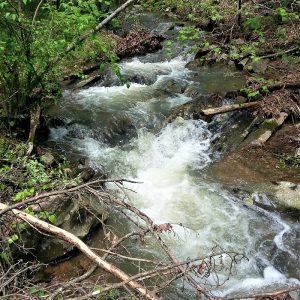
In the Fatherland of Forestry: Time Travels through the German Wild
02/01/2014
Life, Love, and Forestry: Travels in Germany as a Tribute to Carl Alwin Schenk
10/01/2014“Of Wilderness and Water: The Fate of the George Washington National Forest” was distributed by Bay Journal News Service, April 2014.

“‘This is the heart of why I work for Wilderness,’ said Lynn Cameron, a retired university librarian and volunteer for the grass-roots conservation group, Virginia Wilderness Committee. We were on top of the world, or close to it, at the historic High Knob Fire Tower on 4,100-foot-high Shenandoah Mountain, along the Virginia/West Virginia border.
Rolling away below us in wave after wave of blue mountains was the 1.1 million acres of the George Washington National Forest (GWNF). If you live almost anywhere in the mid-Atlantic region, you have a stake in what happens in the GWNF. Depending on where you live, your life may depend on it.
Down the shadowed troughs between those waves of mountains run innumerable creeks that converge in the lowlands to form the James and Potomac rivers. Several hundred thousand people in Virginia’s Shenandoah Valley, and millions more if you follow the streams into the District of Columbia and Richmond, drink from these waters.”


